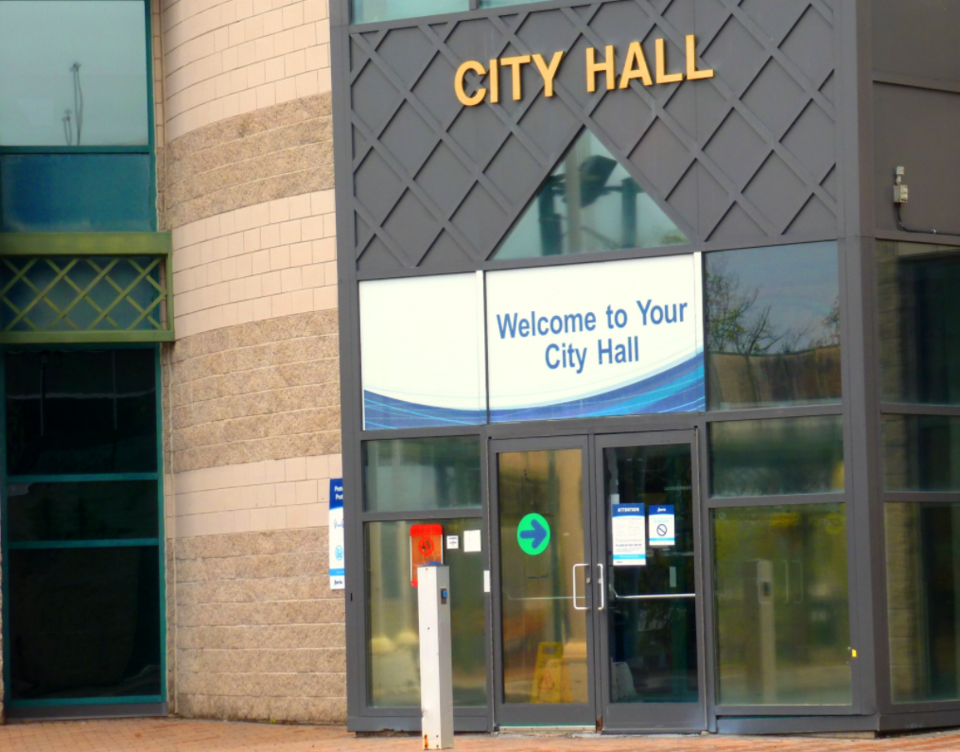Barrie’s transportation asset management plan has a projected infrastructure spending shortfall of $48.4 million annually for the next decade - until development charges (DCs) become part of the equation.
Then it’s basically a wash, says Kelly Oakley, the city’s manager of corporate asset management.
“The majority of the $41.9 million growth and upgrade gap will be paid for by DCs, and as the growth and upgrade gap makes up the majority of the total $48.4 million gap, it would be fair to say that the annual transportation asset infrastructure gap number of $48.4 million will be paid, for the most part, by DCs,” she said.
The city’s transportation assets include roads, bridges, traffic signals and signs, street lights, retaining walls, parking, sidewalks, walkways, boulevard pathways, bike paths and footbridges, along with rail bridges, and are worth more than $1.1 billion.
But the city has traditionally not spent as much as it should to maintain this transportation infrastructure.
The asset management plan, which city council will consider for final approval Monday, lays out what the city needs but not how it will be financed.
“For the purposes of calculating the infrastructure gap in the transportation asset management plan, we focused on the needed expenditures, compared to total planned spending, without taking into account the revenue source for either,” Oakley said.
“The majority of the growth and upgrade costs ($41.9 million annually) would be paid for by development charges.”
DCs are fees charged to recover growth-related capital expenditures - roads, water and sewer infrastructure, etc. - from new developers, so that growth pays for growth and the bill isn’t left with existing property taxpayers.
The plan points to a shortfall averaging $5.8 million annually for transportation infrastructure renewal needs as well, but the city has a plan to cover that as well.
The dedicated infrastructure renewal fund - a one per cent addition to property tax bills - raises about $2.5 million annually and that aggregates or consolidates every year, says Mayor Jeff Lehman. From the last eight years, it’s worth about $20 million; but funds from Alectra dividends, as well as the city’s tax capital reserve, have pushed it to roughly $30 million, Lehman said.
“In any given year, the amount varies, but every year we are spending much more on renewal/repairs than we did even a few years ago,” the mayor said. “It’s been a priority.”
Michael Prowse, the city’s chief administrative officer (CAO), gave a longer version.
“There are effectively two areas of expense for the community,” he said. “One is the growth, which is for the most part covered by development charges. As the municipality grows, the developers contribute as they take out permits and put buildings up, they may contribute toward that infrastructure.
“We’ve reported on the lag on that infrastructure, where we have extended funds to build infrastructure but we will get that money back.
That money will come to the city as we build out.”
Prowse said the second area is renewal.
“(It’s) almost exclusively on the tax base and we have been funding that and improving that program for many years now through the dedicated infrastructure renewal fund.”
He said the plan was to come in at one per cent and eventually double to two percent.
“That would have presented a very good chunk of change over an amount of years to allow us to do all the infrastructure and effectively eliminate that infrastructure gap,” Prowse said. “But decisions were made and the fund stayed at about per cent.
“That is one of the big levers council has….to change the outcome as it relates to the infrastructure gap, certainly on the renewal projects and on the growth projects, I think you’ll see over years … we will see that gap continue to close.”
At the June 7 general committee meeting, Coun. Sergio Morales expressed doubts this would happen.
“This is the most significant challenge the city of Barrie is going to face over the next 30 years,” he said. “That (infrastructure deficit) number should be targeted for zero. Otherwise we are willfully allowing our infrastructure (costs) to become insurmountable.”
Morales said the city’s density targets should increase and the new Official Plan, which designates land use and should arrive in the fall, needs to be linked to infrastructure gaps.
Andrea Miller, Barrie’s general manager of infrastructure and growth management, reminded all the situation is fluid.
“While there is a gap showing in the transportation asset management plan today, it’s not a static process, it’s dynamic,” she said. “The gap that is showing will eventually diminish as the revenue side of development does increase and closes that gap.”
Oakley said the plan is valuable on several levels.
“An important factor in how we manage our assets is to understand what condition they are in” she said. “One indication of condition is age and many of the city’s transportation assets are relatively young. Although we have a lot of new and middle aged transportation assets now, we could be facing a bump as this large cohort of infrastructure ages together.
“One of the values of asset management plans is we can look ahead and plan for this need,” Oakley said. “There is a direct connection between the service levels we provide to the public, and how much we invest.”



